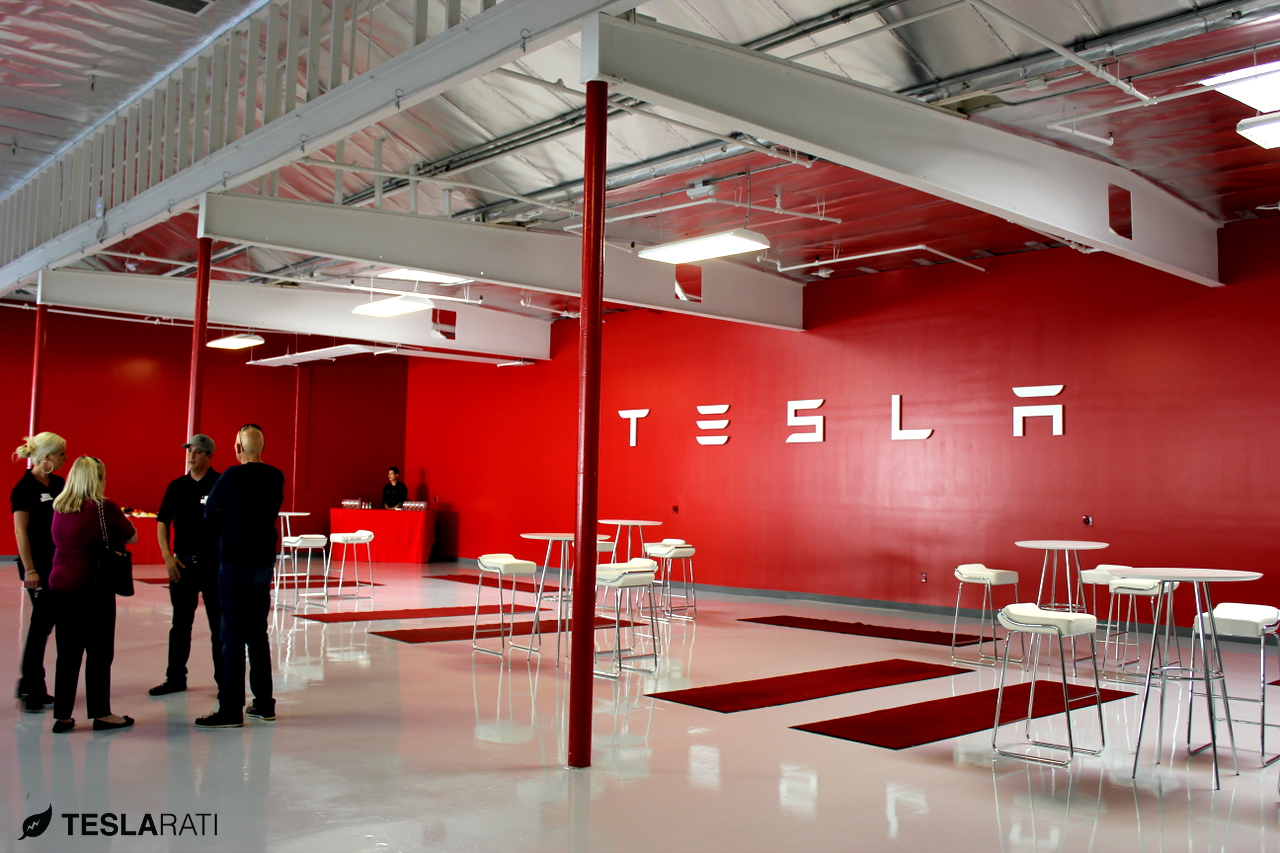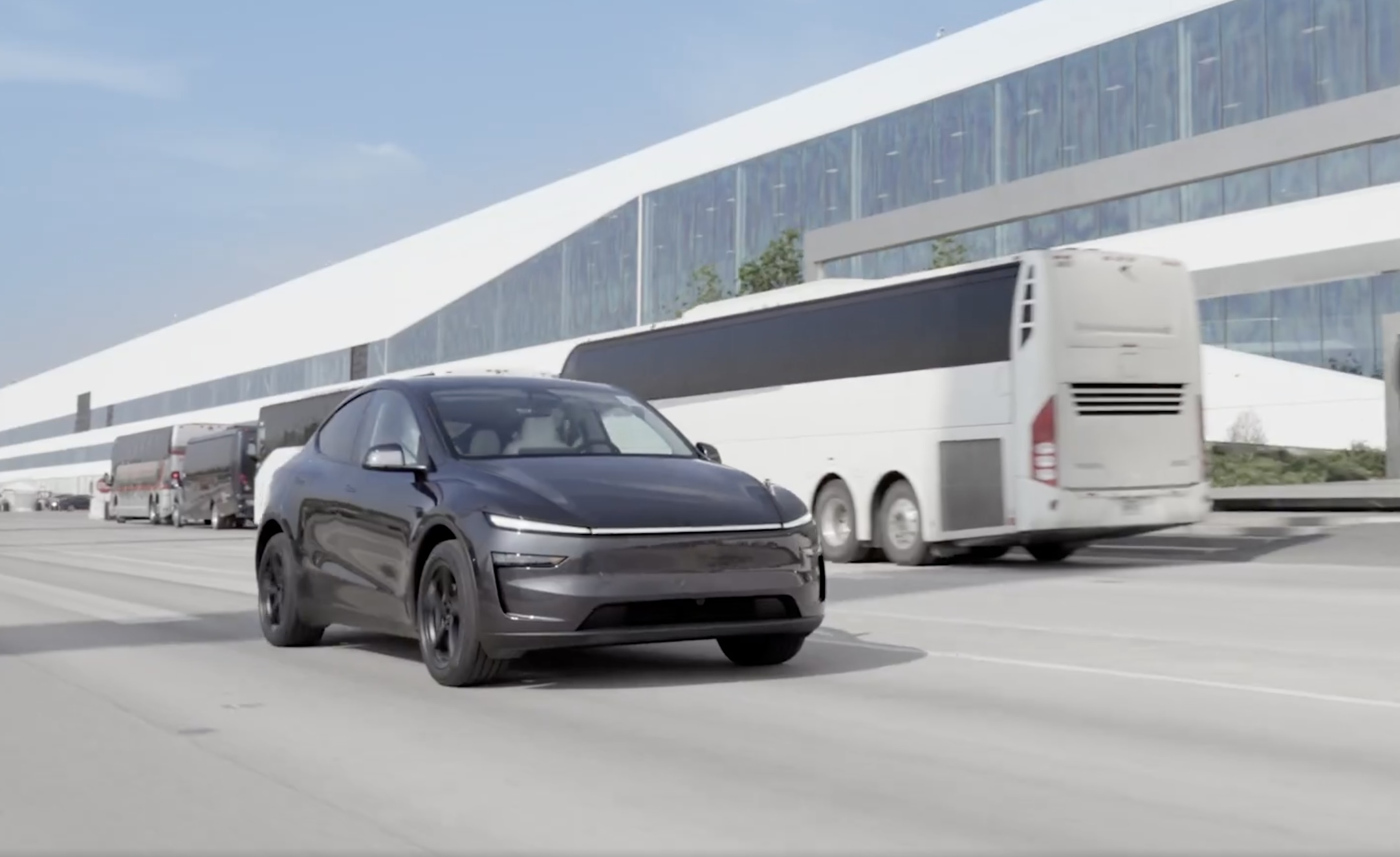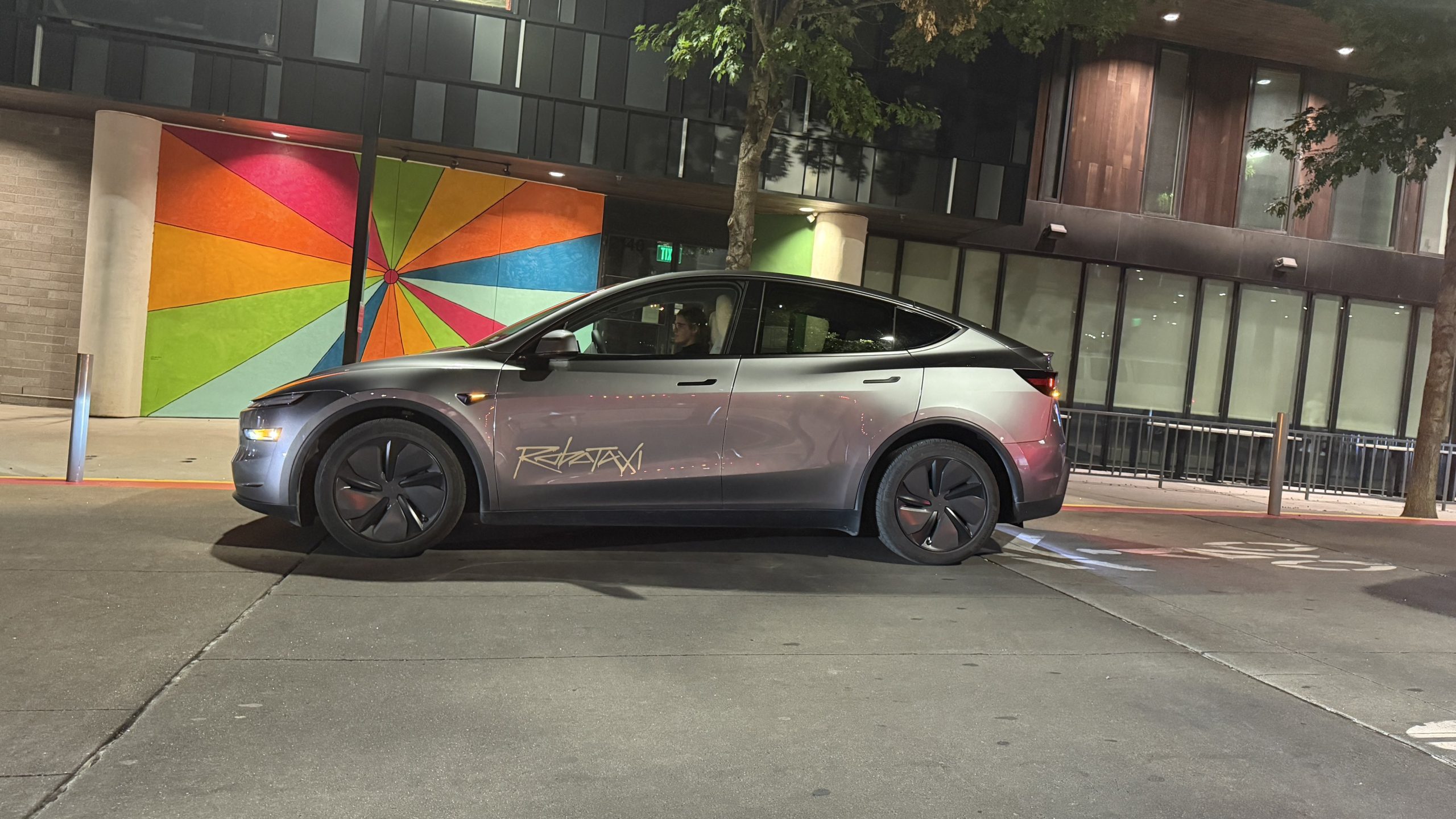Investor's Corner
Wall Street enthusiasm about Tesla’s future prospects continues to climb, with comparison to Ford striking

Tesla’s market cap of $43 billion is 88% of Ford’s $49 billion. What’s happening here?
Is it that Tesla’s technology and innovation advantage has finally clicked with investors? Or it is that Ford is too late to the electric vehicle (EV) game to be a viable player?
Tesla Inc. (NASDAQ: TSLA) is on the brink of introducing self-driving vehicles to the mass public. This is in addition to a decade of R&D around EVs. Tesla has made decisions that haven’t translated immediately from architect’s design to production (think Model X gull wings), but years of manufacturing have also allowed Tesla to demonstrate a proven track record of EV performance, reliability, and safety. Oh, yeah. And then there’s customer satisfaction rates, which are at about as high a level as they can be. Consumer Reports’ 2016 Annual Owner Satisfaction Survey ranked Tesla in the top spot, with 91% of owners saying they would buy a Tesla again, given the chance.
Ford Motor Co. (NYSE: F), on the other hand, is largely dependent on its legacy business of gasoline-powered, human-driven vehicles. Its 2016 production rate exceeded 6.6 million cars, while Tesla’s reached only about 83,000 last year. Tesla’s wildest production dreams in two years is unlikely to go much over 500,000 units.
Many investors argue that Tesla stock is overvalued, and, with any entrepreneurial business, early successes can be fleeting. Nonetheless, Tesla’s stock price is consistent today with levels from August 2014 and June 2015 with market cap level considered “resilient.” Indeed, as 2017 began, Tesla stocks had accrued a number of positive analyst reports and had continued to rise since the 2016 presidential election.
From 2015 – 2017, Ford’s stock price fell 23% to $12.50 during a period in which the S&P 500 rose 11%.
In what is an attempt to imprint a veneer of expertise onto an acknowledged production gap, Ford recently announced it’s investing $1 billion over the next five years in Argo AI, a startup run by Carnegie Mellon robotics engineers who can fill in Ford’s artificial intelligence gap. “With Argo AI’s agility and Ford’s scale, we’re combining the benefits of a technology startup with the experience and discipline we have at Ford,” says Ford CEO Mark Fields. While Ford now has an entry in the race to build self-driving cars, has the endeavor come too late? The field is quite crowded, with numerous various partnerships, pilot programs, and incubators now taking shape among tech companies, computer mapping companies, and automakers.
And Tesla continues to lead the pack. Although Ford has declared it will build autonomous cars for ride sharing at significant levels, with about 30 self-driving Fusion Hybrid sedans on the roads in California, Arizona and Michigan, it may not be enough to catch Tesla. With the Tesla Model X cited as 2016’s “most significant vehicle”, the chase may be too long and too exhausting for Ford. And stock futures are reflecting this struggle.

Investor's Corner
Tesla stock lands elusive ‘must own’ status from Wall Street firm

Tesla stock (NASDAQ: TSLA) has landed an elusive “must own” status from Wall Street firm Melius, according to a new note released early this week.
Analyst Rob Wertheimer said Tesla will lead the charge in world-changing tech, given the company’s focus on self-driving, autonomy, and Robotaxi. In a note to investors, Wertheimer said “the world is about to change, dramatically,” because of the advent of self-driving cars.
He looks at the industry and sees many potential players, but the firm says there will only be one true winner:
“Our point is not that Tesla is at risk, it’s that everybody else is.”
The major argument is that autonomy is nearing a tipping point where years of chipping away at the software and data needed to develop a sound, safe, and effective form of autonomous driving technology turn into an avalanche of progress.
Wertheimer believes autonomy is a $7 trillion sector,” and in the coming years, investors will see “hundreds of billions in value shift to Tesla.”
A lot of the major growth has to do with the all-too-common “butts in seats” strategy, as Wertheimer believes that only a fraction of people in the United States have ridden in a self-driving car. In Tesla’s regard, only “tens of thousands” have tried Tesla’s latest Full Self-Driving (Supervised) version, which is v14.
Tesla Full Self-Driving v14.2 – Full Review, the Good and the Bad
When it reaches a widespread rollout and more people are able to experience Tesla Full Self-Driving v14, he believes “it will shock most people.”
Citing things like Tesla’s massive data pool from its vehicles, as well as its shift to end-to-end neural nets in 2021 and 2022, as well as the upcoming AI5 chip, which will be put into a handful of vehicles next year, but will reach a wider rollout in 2027, Melius believes many investors are not aware of the pace of advancement in self-driving.
Tesla’s lead in its self-driving efforts is expanding, Wertheimer says. The company is making strategic choices on everything from hardware to software, manufacturing, and overall vehicle design. He says Tesla has left legacy automakers struggling to keep pace as they still rely on outdated architectures and fragmented supplier systems.
Tesla shares are up over 6 percent at 10:40 a.m. on the East Coast, trading at around $416.
Investor's Corner
Tesla analyst maintains $500 PT, says FSD drives better than humans now
The team also met with Tesla leaders for more than an hour to discuss autonomy, chip development, and upcoming deployment plans.

Tesla (NASDAQ:TSLA) received fresh support from Piper Sandler this week after analysts toured the Fremont Factory and tested the company’s latest Full Self-Driving software. The firm reaffirmed its $500 price target, stating that FSD V14 delivered a notably smooth robotaxi demonstration and may already perform at levels comparable to, if not better than, average human drivers.
The team also met with Tesla leaders for more than an hour to discuss autonomy, chip development, and upcoming deployment plans.
Analysts highlight autonomy progress
During more than 75 minutes of focused discussions, analysts reportedly focused on FSD v14’s updates. Piper Sandler’s team pointed to meaningful strides in perception, object handling, and overall ride smoothness during the robotaxi demo.
The visit also included discussions on updates to Tesla’s in-house chip initiatives, its Optimus program, and the growth of the company’s battery storage business. Analysts noted that Tesla continues refining cost structures and capital expenditure expectations, which are key elements in future margin recovery, as noted in a Yahoo Finance report.
Analyst Alexander Potter noted that “we think FSD is a truly impressive product that is (probably) already better at driving than the average American.” This conclusion was strengthened by what he described as a “flawless robotaxi ride to the hotel.”
Street targets diverge on TSLA
While Piper Sandler stands by its $500 target, it is not the highest estimate on the Street. Wedbush, for one, has a $600 per share price target for TSLA stock.
Other institutions have also weighed in on TSLA stock as of late. HSBC reiterated a Reduce rating with a $131 target, citing a gap between earnings fundamentals and the company’s market value. By contrast, TD Cowen maintained a Buy rating and a $509 target, pointing to strong autonomous driving demonstrations in Austin and the pace of software-driven improvements.
Stifel analysts also lifted their price target for Tesla to $508 per share over the company’s ongoing robotaxi and FSD programs.
Investor's Corner
Tesla wins $508 price target from Stifel as Robotaxi rollout gains speed
The firm cited meaningful progress in Tesla’s robotaxi roadmap, ongoing Full Self-Driving enhancements, and the company’s long-term growth initiatives.

Tesla received another round of bullish analyst updates this week, led by Stifel, raising its price target to $508 from $483 while reaffirming a “Buy” rating. The firm cited meaningful progress in Tesla’s robotaxi roadmap, ongoing Full Self-Driving enhancements, and the company’s long-term growth initiatives.
Robotaxi rollout, FSD updates, and new affordable cars
Stifel expects Tesla’s robotaxi fleet to expand into 8–10 major metropolitan areas by the end of 2025, including Austin, where early deployments without safety drivers are targeted before year-end. Additional markets under evaluation include Nevada, Florida, and Arizona, as noted in an Investing.com report. The firm also highlighted strong early performance for FSD Version 14, with upcoming releases adding new “reasoning capabilities” designed to improve complex decision-making using full 360-degree vision.
Tesla has also taken steps to offset the loss of U.S. EV tax credits by launching the Model Y Standard and Model 3 Standard at $39,990 and $36,990, Stifel noted. Both vehicles deliver more than 300 miles of range and are positioned to sustain demand despite shifting incentives. Stifel raised its EBITDA forecasts to $14.9 billion for 2025 and $19.5 billion for 2026, assigning partial valuation weightings to Tesla’s FSD, robotaxi, and Optimus initiatives.
TD Cowen also places an optimistic price target
TD Cowen reiterated its Buy rating with a $509 price target after a research tour of Giga Texas, citing production scale and operational execution as key strengths. The firm posted its optimistic price target following a recent Mobility Bus tour in Austin. The tour included a visit to Giga Texas, which offered fresh insights into the company’s operations and prospects.
Additional analyst movements include Truist Securities maintaining its Hold rating following shareholder approval of Elon Musk’s compensation plan, viewing the vote as reducing leadership uncertainty.
@teslarati Tesla Full Self-Driving yields for pedestrians while human drivers do not…the future is here! #tesla #teslafsd #fullselfdriving ♬ 2 Little 2 Late – Levi & Mario








